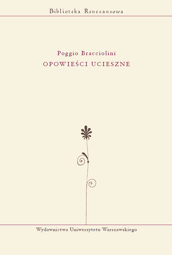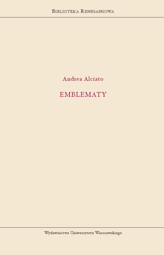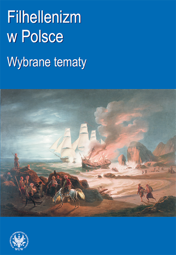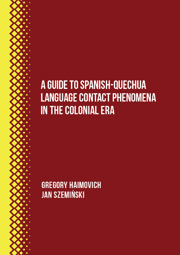Informacje o publikacji
| Wydanie: | 1 |
| Miejsce i rok wydania: | Warszawa 2021 |
| Tłumacz: | Czarski Bartłomiej |
| Język publikacji: | łaciński , polski |
| Tytuł oryginału: | Emblematum liber |
| ISBN/ISSN: | 978-83-235-4915-4 |
| EAN: | 9788323549154 |
| Liczba stron: | 662 |
| Oprawa: | Twarda z obwolutą |
| Format: | 13,5x20,5 cm |
| Waga: | 845 g |
| Typ publikacji: | Praca naukowa |
| DOI: | https://doi.org/10.31338/uw.9788323549239 |
Tom VIII serii udostępnia polskiemu odbiorcy dzieło Andrei Alciata (1492-1550), mediolańskiego prawnika i humanisty, uważanego za twórcę kanonicznej wersji gatunku literacko-obrazowego zwanego emblematem, który przeżywał swój rozkwit w Europie XVI-XVII wieku. Publikacja prezentuje pierwsze polskie tłumaczenie całości zbioru Alciatusa, wraz z komentarzem naukowym i obszerną przedmową.
******
Emblems
Volume 8 in the series introduces Polish readers to the work of Andrea Alciato (1492-1550), a Milanese jurist and humanist, considered the father of the canonic emblem, a literary genre combining picture and text, which flourished in 16th and 17th century Europe. The book contains the first Polish translation of Alciatus’ work together with a critical commentary and a comprehensive preface.
Keywords: epigram, renaissance, epigraphy, symbolic representations.
Zobacz inne publikacje w serii: Biblioteka Renesansowa »
******
Emblems
Volume 8 in the series introduces Polish readers to the work of Andrea Alciato (1492-1550), a Milanese jurist and humanist, considered the father of the canonic emblem, a literary genre combining picture and text, which flourished in 16th and 17th century Europe. The book contains the first Polish translation of Alciatus’ work together with a critical commentary and a comprehensive preface.
Keywords: epigram, renaissance, epigraphy, symbolic representations.
Zobacz inne publikacje w serii: Biblioteka Renesansowa »
Zobacz również
Inni klienci kupili również

Opowieści ucieszne63,00 zł
56,70 zł
Szczegóły
- Pierwsze polskie tłumaczenie Liber facetiarum Poggia Braccioliniego, nieznanego utworu piętnastowiecznej łacińskiej literatury renesansowej, na który złożyło się ponad 270 moralizujących, rubasznych, niekiedy skandalizujących, opowiastek. Dzieło

Update Required
To play the media you will need to either update your browser to a recent version or update your Flash plugin.




























